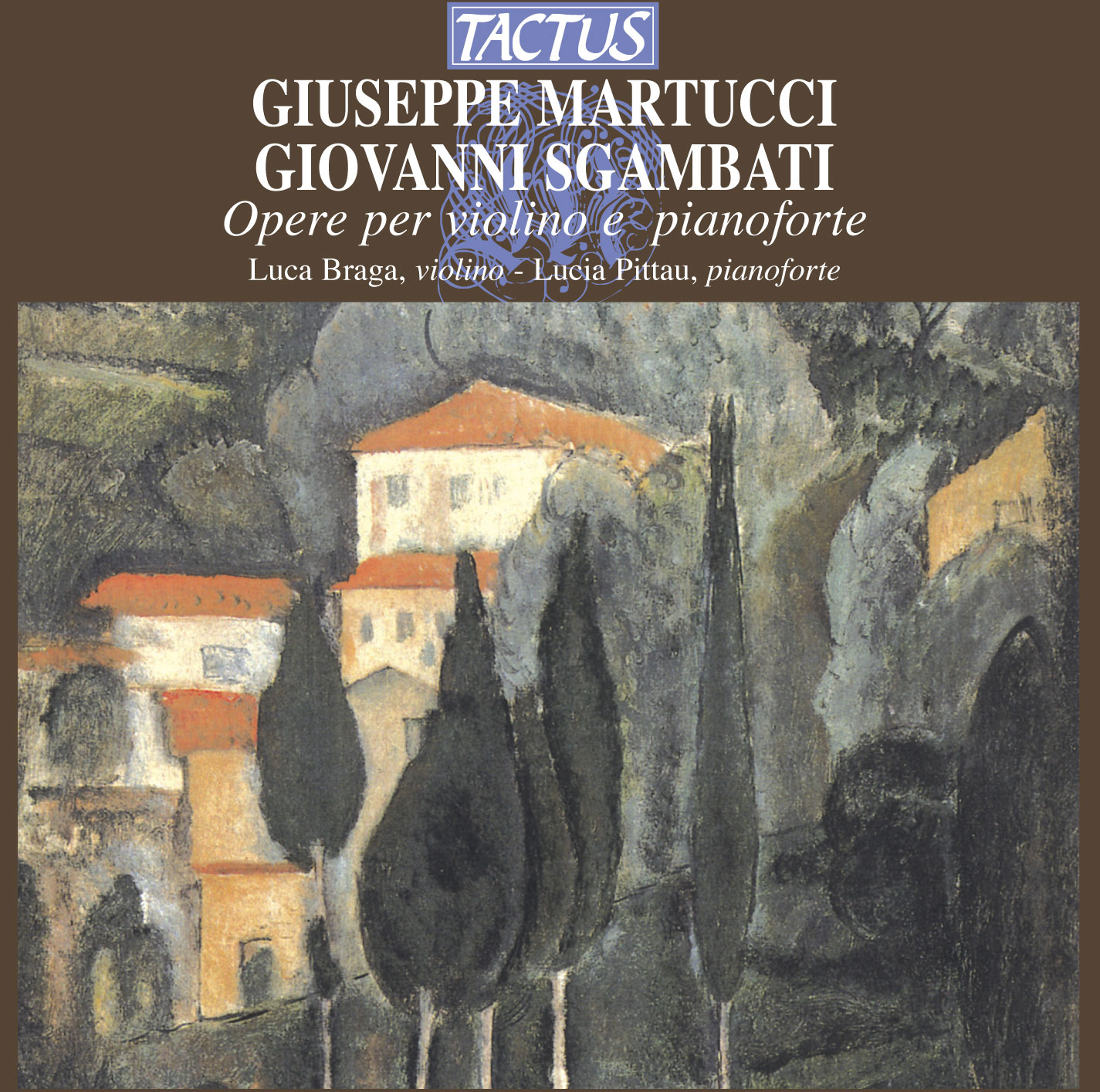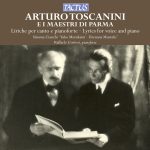MARTUCCI – SGAMBATI
Martucci, whose birth coincided with Schumann’s death, was a personality of significant weight and was unanimously admired by some of the greats of the musical world.
His abilities as a pianist (descending from the school of Beniamino Cesi) and as a piano teacher were praised by Rubinstein and Liszt, and as an orchestral conductor he earned the admiration of Richard Strauss, who had seen him conduct Wagner’s Tristan und Isolde in the first Italian performance (Bologna, 1888).
Alongside these activities, Martucci was a tireless and extremely efficient musical organizer: he directed both the Società del Quartetto and the Società Sinfonica of Naples, the Liceo Musicale of Bologna and the Neapolitan conservatory.
Last but not least, he was a “conscientious and inspired” composer, as Sergio Martinotti writes in his Ottocento strumentale italiano.
Analogous considerations to those concerning Giuseppe Martucci might also apply to the figure of Giovanni Sgambati, thus highlighting the fundamental role which the latter composer played in restoring Italian instrumental culture to a European context.
The connection between the musicians which music history has long emphasized cannot conceal the differences between these two men, both of whom were decisive figures in re-establishing an appreciation for instrumental music in Italy.
While Martucci was in fact strongly oriented toward the assimilation of European models but was simultaneously influenced by his Italian academic training, Sgambati’s training was instead European.
His models were the German instrumental writing styles derived from Schumann and Brahms (in the case of piano and chamber music), and Schumann and Beethoven (for symphonic compositions).
In certain aspects, then, Sgambati was more of a romantic epigone than was Martucci.
Sgambati held a fundamentally hostile opinion of certain linguistic novelties characteristic of late nineteenth-century music (in one of his writings in 1913, he even stated his aversion toward “modernity”).
This basic tendency toward “classicism” did not, however, prevent him from forging close ties with Liszt: he was indeed the favorite pupil of the great composer beginning in 1862.
And Wagner, upon hearing Sgambati’s two piano quintets in Rome in 1876, was so favorably impressed that he wrote to the publisher Schott to request that the two works be published.
Tracklist
Martucci, Giuseppe
Violin Sonata, Op. 22
1 - I. Allegro appassionato (5:34)
2 - II. Andante con moto (5:48)
3 - III. Allegro molto (4:41)
Melodia
4 - Melodia (2:56)
3 Pezzi, Op. 67
5 - No. 1. Andante con moto (5:02)
6 - No. 2. Allegretto (5:04)
7 - No. 3. Allegro passionato (4:59)
Sgambati, Giovanni
2 Pieces, Op. 24
8 - No. 1. Andante cantabile (6:25)
9 - No. 2. Serenata napoletana (2:56)
Gondoliera, Op. 29
10 - Gondoliera, Op. 29 (5:31)
- Composer: MARTUCCI – SGAMBATI
- Performers: Luca Braga, violino · Lucia Pittau, pianoforte
- Historical Period: Romanticism
- Code: TC 851301
- Edition: May 2006
- Barcode: 8007194103618
- Set: 1
- Total tracks: 10
- Total duration: 00:48:56






